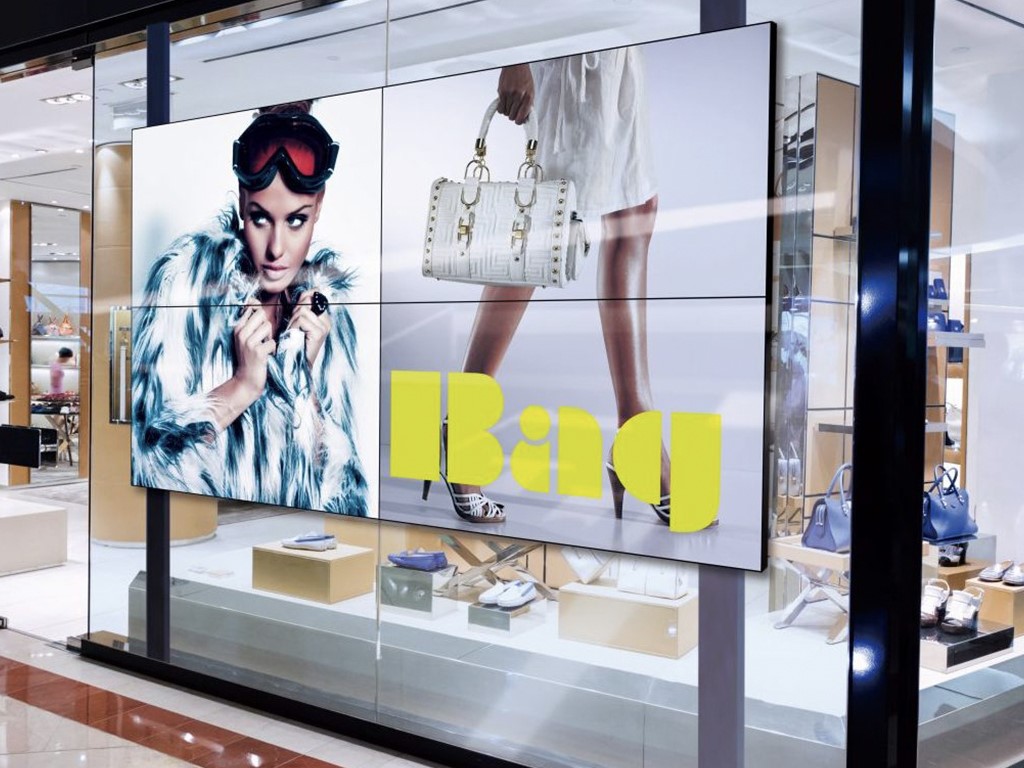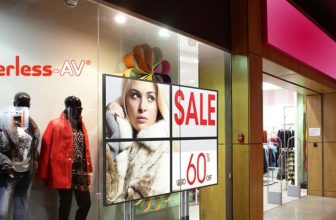
With the rising popularity of dynamic digital content, the business world is embracing interactive and large-scale digital signage. But what is it and how can you use it to your advantage? Read on for a description of what digital signage is, examples of it in use and how you can find the right solution for your business.
What is Digital Signage?
Digital signage, sometimes called electronic signage, refers to display technologies like LED walls (or video walls), projection and LCD monitors to vividly display webpages, videos, directions, restaurant menus, marketing messages or digital images.
Digital signage functions in different settings — public spaces, museums, sporting arenas, churches, academic buildings, retail stores, corporate spaces and restaurants — to offer way finding, messaging, marketing and outdoor advertising.
Examples of Digital Signage
Digital signage can be used to provide public information, convey internal communication or share product information to enhance customer service, promotions and brand recognition. It’s a powerful way to influence customer behavior and decision-making, while also enhancing consumer experiences through interactive screens.
Now that you know what digital signage is, take a look at a few of our favorite ways it can be used:
Promotions
Digital signage displays are a great place to feature promotions for products, services, events and sales. Since multimedia screens use video and animation in addition to rotating graphics, advertisers can incorporate digital signage content featuring static ads, product demonstrations or video testimonials. Retail settings are one of the most common places where you’ll see digital signage.
Service Offerings
While paper menus or fixed displays are still common, businesses can artistically list their service offerings on digital displays. With digital signage, restaurants, salons, spas, auto repair shops and fitness studios can offer rotating content and information on walls, windows or a dazzling digital screen.





